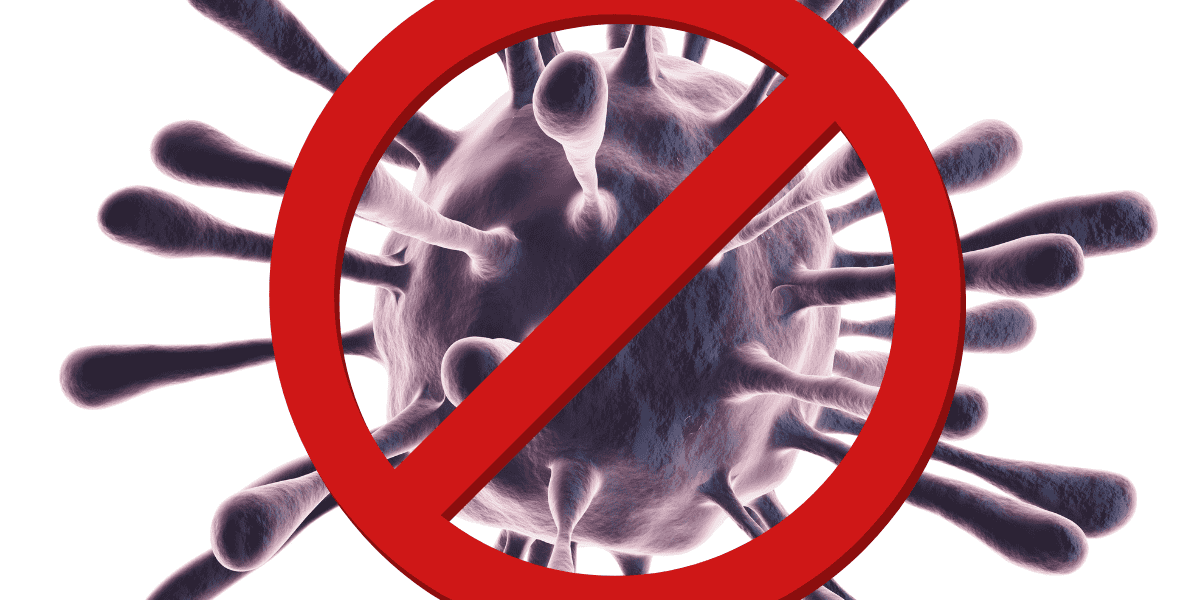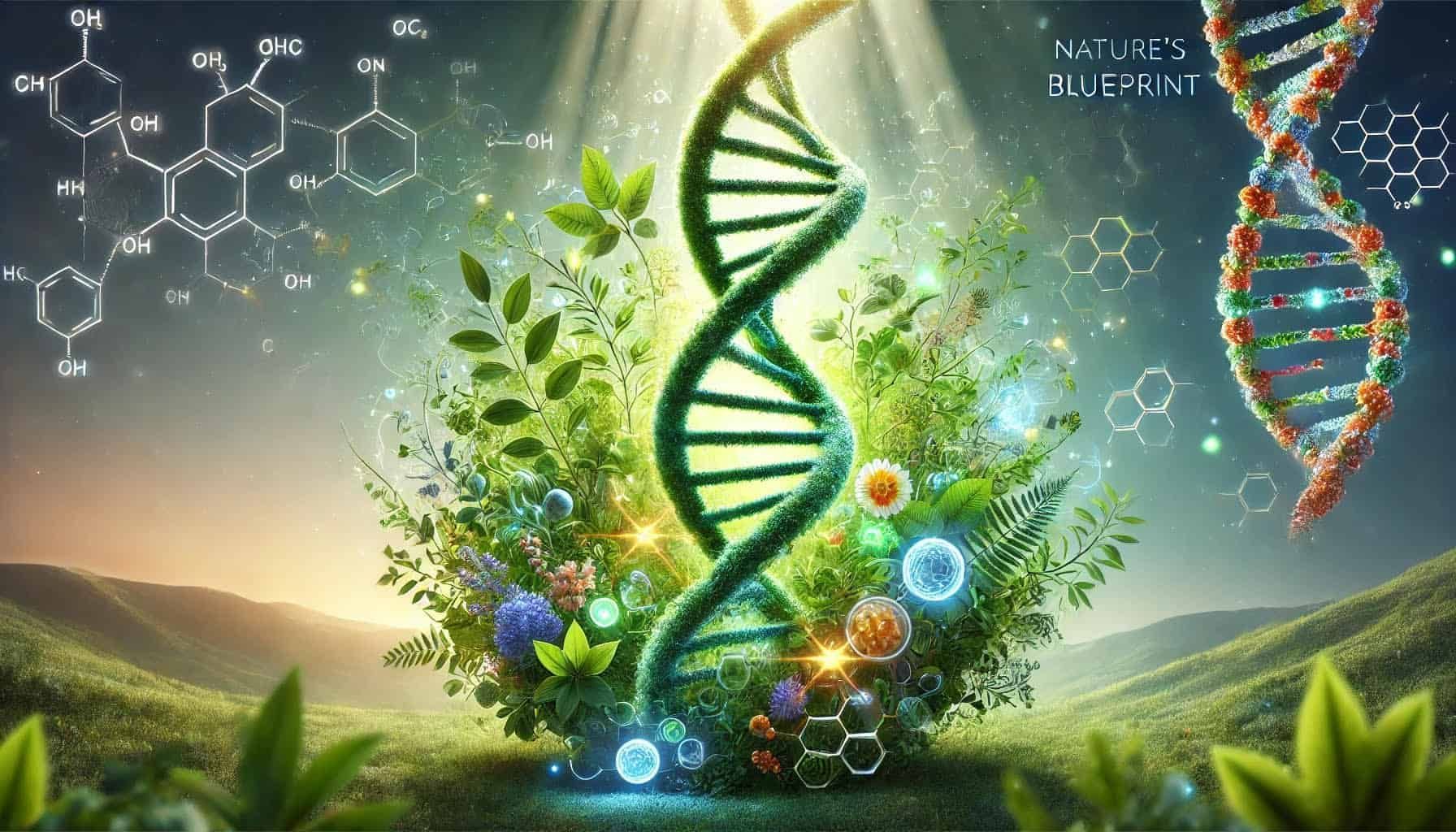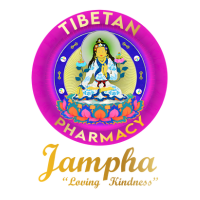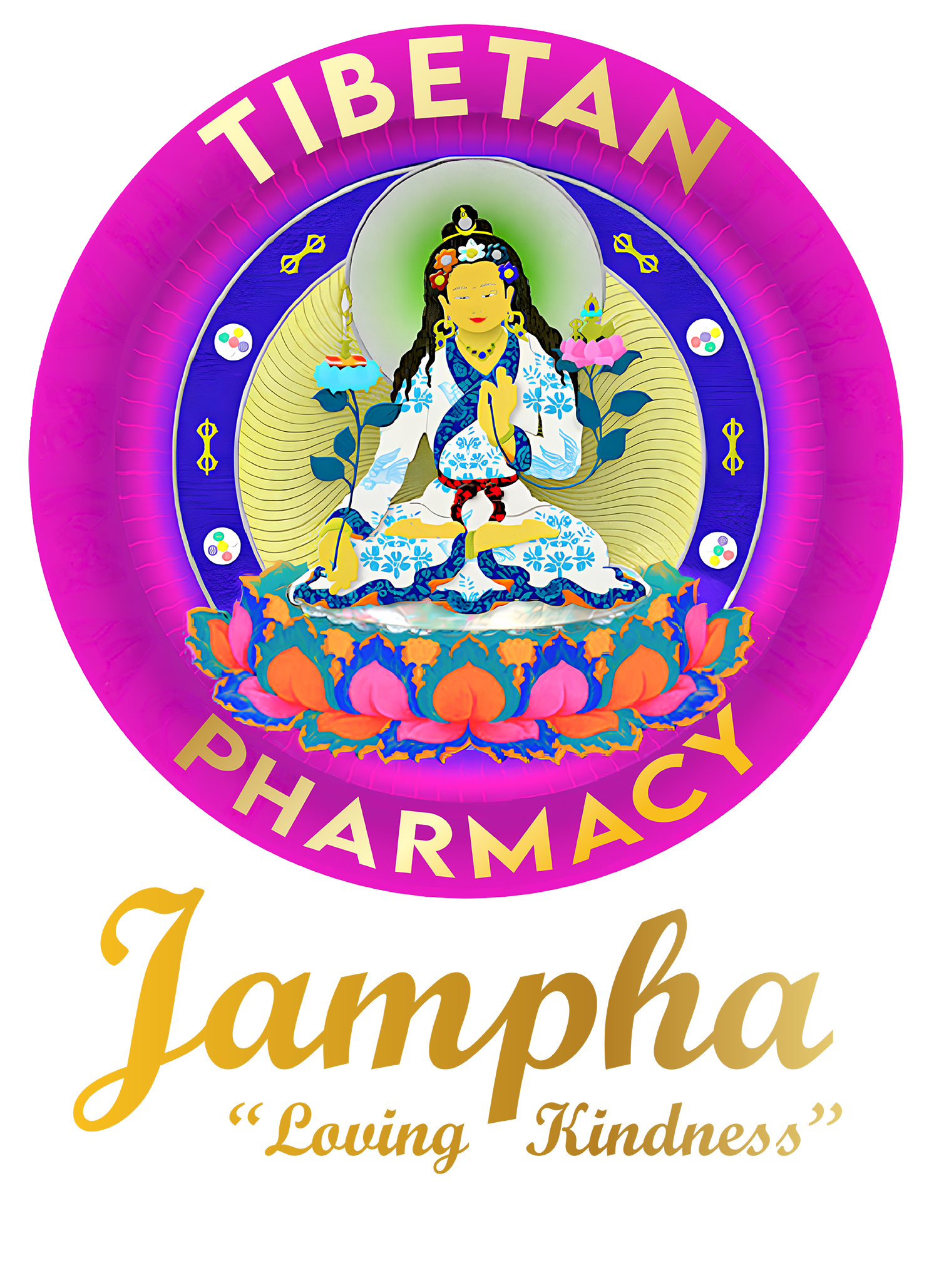Extensive Health Benefits of Plant Terpenes Explored In Detail
Terpenes are remarkable compounds that plants use to attract pollinators, repel pests, repair cell damage, and manage other crucial functions. They are powerful plant healers. In addition to performing specific actions, each terpene has a distinct aroma and taste.
Like cannabinoids, terpenes activate receptors in the human endocannabinoid system (ECS), a network of neurotransmitters that stretches from head to toe. The ECS system is important because it balances the immune system, regulates brain signaling, maintains body temperature, heart rate, and breathing rate, and plays a role in digestion, mood, and memory.
Mind-Blowing Molecules
These impressive molecules, called terpenes, are already used in medication, perfumes, cosmetics, beauty products, food flavorings, and cleaning solutions. They are particularly abundant in cannabis and hemp plants, and research into many terpenes is just beginning.
Here are the terpenes we use in our Jampha CBD collections.
We’ve gathered some of the research on each one. There are additional benefits and plant sources for each terpene since the body of research is continually growing. Terpenes are found in many plants, with as many as 300 terpenes found in hemp.
Alpha Bisabolol
Sources: Hemp, Chamomile
Benefits
- Used in skin care for its antioxidant, anti-aging, and wound healing properties
- Sedative, incredibly mentally calming
- Pain-relieving properties
- Fights cancer
- Anti-tumor
- Reduces inflammation
- Fights infection
Description
Preliminary studies with terpene a-bisabolol show it inhibited tumor growth and induced cell death in pancreatic cancer. When tested on leukemia cells, a-bisabolol was effective in killing and slowing them.
Alpha bisabolol is included in the following Jampha CBD products:
Alpha Phellandrene
Sources: Hemp, Eucalyptus, Mint, Parsley, Dill, Cinnamon
Benefits
- Fights cancer cells
- Anti-tumor
- Kills fungus
- Boosts the immune system
- Relieves depression
- Reduces pain
Description
Found in various natural sources, including eucalyptus, turmeric, and cannabis, a-phellandrene is gaining recognition for potential anticancer applications, including against breast and prostate cancer cells. It may protect the lungs from cancer.
Alpha phellandrene also boosts immune function. When tested on leukemia cells, a-phellandrene boosted the immune response and increased B- and T-cell proliferation.
In human liver tumor cells, it induced cell necrosis, which means it damaged the cancerous cells.
Studies also show a-phellandrene works as an anti-fungal, and it severely disrupts the integrity of the fungal cell membrane.
Plants containing this terpene were commonly used in Chinese medicine to treat fungal and bacterial infections, reduce phlegm, and increase energy.
Alpha phellandrene is included in the following Jampha CBD products:
Alpha and Beta-Pinene
Sources: Hemp, Pine Needles, Basil, Rosemary
Benefits
- Kills bacteria, including resistant types
- Fights inflammation
- Reduces pain
- Improves sleep
- Inhibits both cancer and leukemia cells
- Prevents neurodegenerative diseases
- Enhances memory
- Supports the effectiveness of antibiotics
- Diminishes allergy symptoms
- Supports wound healing
- Kills fungus
Description
Responsible for the fresh, piney scent in cleaning products, pinene is found in cannabis, pine needles, eucalyptus leaves, and lemon peels.
Multiple studies show pinene fights infection, reduces inflammation, and can inhibit cancer and leukemia cells.
These remarkable terpenes also may help treat and prevent neurodegenerative conditions like Alzheimer’s and Parkinson’s diseases. Specifically, pinene helps manage the levels of oxidants and antioxidants in your nervous system. Research this hemp terpene can enhance memory retention by inhibiting the breakdown of neurotransmitters in the brain.
Pinene also increases airflow to the lungs, gives some patients asthma relief, and can reduce allergy symptoms like a runny nose or itchy eyes.
Studies show that alpha and beta-pinene can reduce antibiotic resistance. It also kills fungus.
If you’ve ever enjoyed a stroll through a forest of pine trees, you’ve sampled this terpene’s refreshing molecular magic.
Alpha and beta-pinene are included in the following Jampha CBD products:
Beta-Caryophyllene
Sources: Hemp, Hops, Black Pepper, Cloves, Cinnamon, Rosemary
Benefits
- Neuroprotective
- Fights inflammation
- Reduces anxiety and depression
- Accelerates cell healing
- Fights cancer
- Anti-tumor
- May be useful to treat IBS
Description
Found in ginger, oregano, sage, and thyme, any herbaceous meal you eat likely contains some of the terpene beta-caryophyllene.
This powerhouse terpene is abundant in hemp and cannabis plants. Preliminary medical studies show it fights inflammation, helps reduce anxiety and depression, reduces the tumor necrosis factor, and accelerates cell healing.
B-caryophyllene is an effective anti-bacterial and is helpful against the airborne bacteria Streptococcal. It does more than protect against bacteria; it increases the speed of cell healing.
In two types of colon cancer, b-caryophyllene significantly decreased proliferation. It also fights inflammation in the colon and may be useful to combat inflammatory bowel disease.
B-caryophyllene shows promise as a neuroprotective agent with possible applications for Alzheimer’s patients. In preclinical studies, this hemp terpene also reduced inflammatory and neuropathic pain.
Beta-caryophyllene is included in the following Jampha CBD products:
Cadinene
Sources: Hemp, Juniper, Nutmeg, Sesame
Benefits
- Fights inflammation
- Inhibits cancer cells
- Provides antioxidants
- Kills bacteria
- Reduce respiratory infections
- Helps lower high blood pressure
- Reduces anxiety
Description
A widely occurring terpene, cadinene’s woody scent is commonly used in fragrances.
Cadinene inhibits cancer growth, and it interrupts the cell cycle in mutated cells and encourages cell death.
Cadinene is included in the following Jampha CBD products:
Camphene
Sources: Hemp, Chrysanthemum, Rosemary
Benefits
- Prevent coronary heart disease
- Treats athlete’s foot
- Clears and heals the respiratory system
Descriptions
Camphene’s aroma is described as pungent and herbal with undertones of pine. Inhaled, it helps clear congestion and acts as a bronchial stimulant.
Camphene is included in the following Jampha CBD products:
Camphor
Sources: Hemp, Camphor, Laurel Tree
Benefits
- Topical pain relief
- Reduces inflammation
- Heal allergy rashes and dermatitis
- Reduce pain from migraines
- Clear respiratory congestion
Description
Pungent camphor is also found in herbs like rosemary, basil, and mint but is most abundant in laurel trees.
Ancient Japanese and Chinese medical practitioners have long used camphor to treat pain, swelling, and inflammation. Today, camphor is combined with menthol for topical pain relief.
You’ll also find camphor in lotions and creams to reduce inflammation, and it is easily absorbed through the skin.
Camphor is included in the following Jampha CBD products:
Citral
Sources: Hemp, Lemongrass, Lemon Fruit, Lemon Verbena
Benefits
- Fights tumors
- Sedative
- Anti-inflammatory
- Anti-anxiety
- Suppresses the growth of gram-negative and gram-positive bacteria
- Kills fungus, including candida
- Improves metabolic rates and glucose management
- Relieves diarrhea
Description
With its citrusy aroma, citral adds scent to a range of beauty products, perfumes, and suntan lotions. It is also an ingredient in desserts and soft drinks.
Like CBD and many plant terpenes, citral fights cancer. In one study, citral reduced the weight and size of breast cancer tumors.
Other studies indicate that citral can reduce inflammation and help manage immune-inflammatory conditions, including some forms of dementia.
In support of digestion, citral is shown to relieve diarrhea and improve metabolic rates and glucose management.
Citral is an effective sedative and exhibits anxiety-relieving properties.
It also shows promise as an antimicrobial. It suppresses the growth of gram-negative and gram-positive bacteria, fungi, and other hazardous microbes.
Candida is a fungus that commonly overgrows in the intestinal tract due to processed foods, coffee, alcohol, and antibiotics. It can be difficult to kill once established. Left unchecked, candida can travel into the lungs and cause pneumonia. Citral and geraniol both prove effective against candida infection.
Citral is included in the following Jampha CBD products:
Citronellol
Sources: Hemp, Lemongrass
Benefits
- Repels bugs
- Fights cancer
- Neuroprotective
- Promotes wound healing
- Anticonvulsant
- Antimicrobial and antibiotic
Descriptions
Citronellol has a floral and citrus scent. It repels some bugs and is used as an ingredient in some insect repellants.
Citronellol is effective against lung cancer cells. It also shows promise as an antimicrobial and antibiotic to promote wound healing and reduce convulsions.
Citronellol and geraniol demonstrate neuroprotective properties. Researchers say they provide a natural template to treat neurological diseases.
Delta 3 Carene
Sources: Hemp, Rosemary, Basil, Pepper, Cedar, Pine
Benefits
- Anti-bacterial
- Kills fungus, including candida
- Expectorant/Respiratory benefits
- Treats diarrhea
- Anti-inflammatory
Description
The sweet and woody odor of delta 3 carene is evident in familiar sources like rosemary, cedar, and pine.
Studies show delta 3 carene can reduce mucus in the lungs. It is an anti-inflammatory with applications for fibromyalgia, arthritis, and other painful chronic conditions. It’s also shown to kill gram-negative and gram-positive bacteria and candida species.
Delta 3 Carene is included in the following Jampha CBD products:
Eucalyptol
Sources: Hemp, Bay Leaves, Tea Tree, Sage, Cardamom
Benefits
- Relieves pain-causing inflammation
- Treats respiratory diseases
- Potential treatment for pancreatitis
- Repair colon damage
- Support heart health
- Antioxidant
- Anti-bacterial
- Anti-fungal
- Enhances memory and mood
Description
Found in camphor laurel, bay leaves, tea tree, sweet basil, rosemary, sage, and cannabis, eucalyptol has a minty scent with a bit of spice and honey.
Studies show eucalyptol works as an antioxidant and provides relief from inflammation-causing pain.
Additional studies reveal how it can help repair colon damage and support cardiovascular health.
Eucalyptol has anti-bacterial and anti-fungal properties.
It also has mental benefits and enhances memory and mood.
Eucalyptol is a systemic anti-inflammatory that reduces oxidative stress and fights neurodegenerative diseases.
Eucalyptol is included in the following Jampha CBD products:
Eugenol
Sources: Hemp, Turmeric, Ginger, Marjoram, Nutmeg, Oregano, Thyme
Benefits
- Fights several types of cancer, including melanoma
- Anti-tumor
- Gentle local anesthetic and antiseptic
- Kills bacteria and fungus
- Anti-inflammatory
- Antioxidant
- Lowers cholesterol levels
- Protects the kidneys
- Defends against food-borne pathogens
Description
Since it protects against food-borne pathogens, fragrant and spicy eugenol is added to food preservatives, beauty products, toothpaste, and mouthwash.
Eugenol was shown to kill cancer cells in several forms of cancer, including melanoma, osteosarcoma, leukemia, gastric, skin tumors, and mast cells.
Eugenol lowers serum cholesterol levels and supports healthy liver activity.
Eugenol also protects the kidneys and helps them recover after injury.
Eugenol is included in the following Jampha CBD products:
Gamma Terpinene
Sources: Hemp, Parsnip, Green Bell Pepper, Turmeric
Benefits
- Antioxidant
- Anti-inflammatory
- Sedative
Description
Because of its strong lemon odor, gamma-terpinene is an ingredient in food, cosmetics, pharmaceuticals, and tobacco.
Research on gamma-terpinene shows antioxidant activity and anti-inflammatory benefits.
Gamma Terpinine is included in the following Jampha CBD products:
Geraniol
Sources: Hemp, Catnip, Lemongrass, Beebalm, Grapes
Benefits
- Antimicrobial
- Anti-inflammatory
- Antioxidant
- Fights tumors
- Fights cancer
- Neuroprotectant
- Eases depression
- Aids sleep
- Kills fungus
- Kills viruses
- Supports optimal liver and kidney function
- Reduces depression
Description
Thanks to a rose-like aroma, geraniol is widely used in perfumes and toilet solutions.
Researchers have found the geraniol to possess anti-tumor properties on skin, oral, breast, lung, colon, prostate, pancreatic, kidney, and liver cancers.
Geraniol fights several types of cancer, including lung cancer, and improves the effectiveness of chemotherapy treatments. Studies also indicate it has potent anti-tumor properties with no damage to surrounding healthy tissue. It makes tumor cells more vulnerable to commonly used chemotherapy agents and limits their adaptive resistance.
Studies show it protects your liver and may assist in its regeneration. It also supports optimal kidney function.
Geraniol is included in the following Jampha CBD products:
Humulene
Sources: Hemp, Sage, Ginseng, Hops
Benefits
- Anti-inflammatory
- Mitigated inflammatory conditions like fibromyalgia
- Anti-bacterial
- Destroys cancer cells
- Slows tumor growth
- Malaria
- Dengue fever
Description
Through its sources like ginseng, humulene has been used in Chinese medicine for generations.
Research shows it works as an anti-inflammatory and analgesic. It offers the potential to treat arthritis, bursitis, fibromyalgia, and any condition that benefits from reducing inflammation.
It has been useful in some countries for treating malaria and dengue fever.
Humulene is included in the following Jampha CBD products:
Limonene/D-Limonene
Sources: Hemp, Orange Rind, Dill, Cardamom, Marigolds, Nutmeg
Benefits
- Fights cancer
- Helps reduce tumors
- Effective sedative that also calms the skin
- Natural insecticide
- Antimicrobial
- Kills viruses
- Protects cardiovascular tissue
- Protects the stomach
- Regulates metabolic processes
- Reduces anxiety
- Relieves depression
- Helps counteract the effects of stress
- Reduces brain inflammation
- Supports a healthy immune system
Description
Limonene is a powerful sedative to improve mood and enhance well-being, reduces anxiety and depression, and fights stress. This hemp terpene has also been shown to be calming to the skin.
Limonene reduces brain inflammation and protects the brain against toxicity. This hemp terpene is not just a potent anti-inflammatory; it can help the immune system heal and repair after illness or disease.
Multiple studies also show d-limonene supports the lymphatic system and helps regulate immune function.
Limonene is included in the following Jampha CBD products:
Linalool
Sources: Hemp, Mints, Cinnamon, Rosewood, Citrus, Lavender
Benefits
- Fights cancer
- Reduces seizures
- Improves memory and brain function
- Eases anxiety
- Antidepressant
- Muscle relaxant
- Sleep aid
- Repels mosquitos
- Reduces pain
Description
Linalool’s aroma is floral with a hint of spice and citrus. It is used as a food additive to enhance flavor and the scent profile in cleaning, cosmetic, and hygiene products.
Studies so far show applications to reduce anxiety, relieve stress, ease depression, reduce epileptic seizures, reduce pain, and fight cancer. Linalool is proving helpful in inducing apoptosis in several types of cancer cells, including leukemia and cervical cancer.
Linalool is not just a potent anti-inflammatory; it can help the immune system heal and repair after illness or disease.
The plant terpene linalool has been effective against seizures in several animal studies.
In a preclinical study on Alzheimer’s, linalool reversed both neuropathological and behavioral impairments.
Linalool is included in the following Jampha CBD products:
Vibrant Face CBD Topical Lotion
Myrcene
Sources: Hemp, Hops, Mango, Basil, Lemongrass
Benefits
- Fights cancer
- Potential treatment for diabetes
- Anti-inflammatory
- Neuroprotectant
- Sedative
- Reduces sleep disorders like insomnia
- Mitigates pain
Description
Myrcene is a dominant terpene in the world of cannabis research. It works as an analgesic to reduce pain and bodily discomfort and is an effective sedative. Myrcene works as a muscle relaxant with an application to treat sleep disorders like insomnia.
Like many terpenes, it is a valuable anti-inflammatory.
In Brazilian traditional medicine, it’s been used for treating diabetes, diarrhea, and hypertension.
In a study on breast cancer, myrcene impaired cancer’s ability to grow and induced cell death.
Myrcene acts as a neuroprotective, and it reduces oxidative damage and slows cell death in the brain.
Myrcene is included in the following Jampha CBD products:
Nerolidol
Sources: Hemp, Neroli, Ginger, Jasmine, Tea Tree
Benefits
- Kills cancer cells
- Fights tumors
- Anti-inflammatory
- Protects brain tissue from oxidative stress
- Antioxidant
- Antimicrobial
- Kills parasites
- Natural insecticide
- Sedative
Description
Woodsy, floral, and lightly citrusy nerolidol is used in shampoos, perfumes, detergents, and cleansers. It’s an FDA-approved food flavoring agent.
Nerolidol’s sedative properties were first documented in 1972. It is currently under testing as a skin penetration enhancer for the transdermal delivery of therapeutic drugs. Research already shows it works as an antioxidant, kills bacteria, parasites, and insects, reduces ulcers, fights tumors, and reduces inflammation.
It’s also an antioxidant, which supports heart health and helps the body fight the biochemical changes resulting from stress. Nerolidol’s robust anti-inflammatory and antioxidant properties reduced the inflammation in rats’ brains and protected them from oxidative stress.
In cancer studies, nerolidol reduced both benign and malignant tumors of the gallbladder.
Nerolidol is included in the following Jampha CBD products:
Ocimene
Sources: Hemp, Allspice, Parsley, Marjoram, Tarragon, Mango
Benefits
- Decongestant and expectorant
- Antiviral
- Anti-bacterial
- Reduces seizures
- Anti-fungal
- Fights cancer
Description
Because of its pleasant, herbaceous aroma, ocimene is used in many perfumes.
Ocimene is a decongestant and expectorant that helps clear airways and improve respiration. It is shown to work as an anti-bacterial and kills fungus.
Other medical applications include reducing seizures and fighting cancer tumors.
Ocimene, derived from basil and sage, as well as hemp, works as an anticonvulsant.
Para-Cymene
Sources: Hemp, Cumin, Thyme, Oregano, Anise, Eucalyptus
Benefits
- Kills cancer cells
- Antimicrobial
- Antioxidant
- Anti-inflammatory
- Potential as an emphysema treatment
- Reduces anxiety
Description
With a sweet and citrusy taste and scent, para-cymene makes a popular flavoring agent. It’s also used in make-up, perfumes, and cleaning products.
Studies show p-cymene to have antioxidant, anti-inflammatory, anxiolytic, anticancer, and antimicrobial properties. It helps repair cells, reduce inflammation, and kill bacteria.
Emphysema reduces lung capacity with no cure, so efforts are focused on halting the disease’s progression. Studies show p-cymene reduces lung emphysema and inflammation.
Para-Cymene is included in the following Jampha CBD products:
Phytol
Sources: Hemp, Chlorophyll
Benefits
- Fights cancer
- Enhances immune function
- Reduces inflammation
- Antioxidant
- Potential treatment for Alzheimer’s
Description
Phytol is released during chlorophyll breakdown, and it’s used in many fragrance compounds as an aromatic ingredient.
Medically, research shows that it acts as an antioxidant, reduces inflammation, and fights cancer. Phytol enhances the natural killer cells that fight cancer while also strengthening immunity and reducing inflammation.
It is studied as a possible treatment for Alzheimer’s patients because it disrupts the amyloid proteins that accumulate with that disease.
Phytol is included in the following Jampha CBD products:
Pulegone
Sources: Hemp, Pennyroyal, Catnip, Peppermint
Benefits
- Muscle relaxer
- Improves memory and cognitive function
- Antioxidant
- Reduces allergic responses and inflammation
- Sleep aid
Description
Pulegone has a pleasant, mint-like odor and is used as a flavoring agent and in perfumes.
Preliminary research shows its benefits as a muscle relaxer.
It also helps the brain and nerve cells to communicate more effectively and improves your memory.
Pulegone is an antioxidant and supports immune function by suppressing allergic and inflammation responses.
It also works as an antihistamine to reduce the symptoms of allergic reactions, including nasal congestion, sneezing, or hives.
Found in camphor, mint plants, and hemp, the plant terpene pulegone helped subjects fall asleep more easily.
The terpene pulegone improves cognitive function and memory and helps your brain make new neural connections.
Pulegone is included in the following Jampha CBD products:
Terpineol
Sources: Hemp, Lilacs, Pine Trees, Clary Sage, Coriander, Mandarin Orange
Benefits
- Potential to treat cancer
- Fights tumors
- Reduce seizures
- Sedative
- Gastroprotective
- Aids in addiction recovery
- Reduces anxiety
- Kills fungus
- Kill bacteria
Description
Terpineol has a pleasant forest-like and floral aroma. Used as a flavoring in sweets, beverages, and condiments, you can also find terpineol in soaps, candles, perfumes, and lotions.
Research shows it kills bacteria and fights fungus.
For patients with epilepsy, it can reduce the frequency and intensity of seizures.
As a gastroprotective, it helps protect our digestive system from acid damage.
Terpineol is included in the following Jampha CBD products:
Terpinolene
Sources: Hemp, Lilac, Tea Tree, Nutmeg, Apples, Cabbage, Carrots, Conifers, Sage
Benefits
- Sedative that helps with sleep
- Fights cancer
- Reduces inflammation
- Provides pain relief
- Repels insects
- Reduce anxiety and panic attacks
Description
Terpinolene has a woody aroma that is often accompanied by citrusy and floral tones.
This fresh-tasting compound shows promise as an anti-inflammatory that can provide pain relief. It also helps reduce oxidative damage to slow signs of aging.
This hemp terpene is a natural insect repellent.
It reduces anxiety and treats insomnia and panic attacks.
Studies show terpinolene may slow down the growth of brain cancer cells.
Terpinolene is included in the following Jampha CBD products:
Valencene
Sources: Hemp, Valencia Oranges
Benefits
- Inhibits the growth of cancer cells
- Fights damage to the skin due to sun exposure
- Reduces inflammation
- Relieves and controls allergic responses
- Improves mental alertness
Description
With a sweet and citrusy aroma, the terpene valencene is a highly valued flavor additive.
Valencene reduces inflammation. It also can help treat allergies and lower the intensity of a reaction.
Valencene shows the potential to fight damage made to the skin due to sun exposure.
Valencene is included in the following Jampha CBD products:
The Safety of Terpenes and Essential Oils
Essential oils contain terpenes mixed with other compounds. If you diffuse a rose or lavender essential oil, terpene molecules in the air create a floral aroma. Essential oils have a mix of terpenes with other concentrated plant compounds.
As is the case with powerful medicine, the correct dose is beneficial, but an overdose can be harmful. This general rule is particularly true with essential oils. People tend to think, “it’s just plants,” without realizing the remarkable impact of plant molecules on the body.
While terpenes are safe to eat, and some are FDA-approved as food additives, a few can be toxic in high quantities. CBD is carefully crafted with a healthy level of targeted terpenes.
Most essential oils are best used by diffusers and should not be consumed. Some can cause a rash on the skin or be poisonous if swallowed, so users should carefully investigate each oil before use.
Some are so potent they need to be diluted to be safe to use. Popular essential oils that must be diluted include:
- Bay
- Cinnamon bark or leaf
- Clove bud
- Citronella
- Cumin
- Lemongrass
- Lemon verbena
- Oregano
- Thyme
Not Just Plants, Plant Molecules
Next time you catch the scent of fresh orange, pine, or garden flowers, take a deep breath. Those are terpenes, and they are good for you.
Cannabis and the industrial hemp plant have a remarkably high concentration and variety of terpenes. Full-spectrum CBD harnesses the power of these plant molecules, individually and together, in an entourage.

















